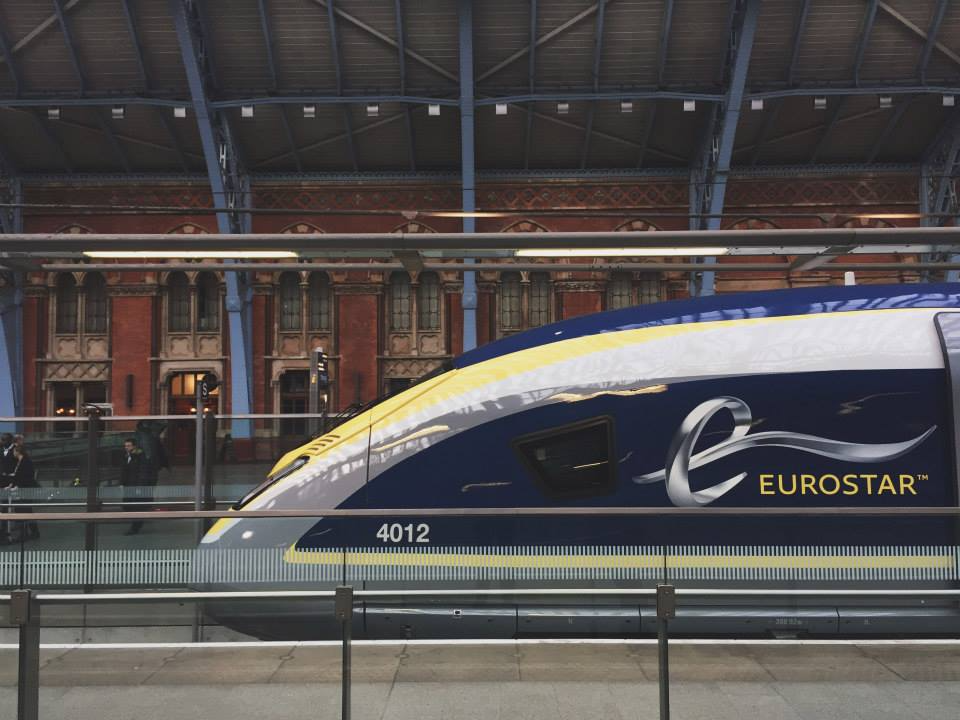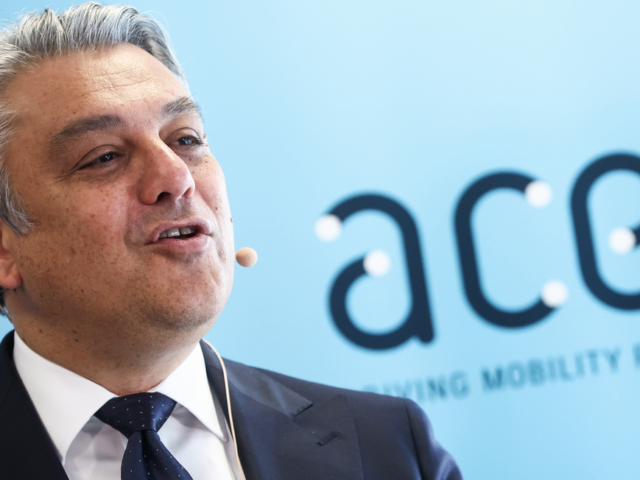High-speed train operator Eurostar has concentrated the management of its entire network and incident handling in one place: Brussels. The new operations center, which operates 24 hours a day, employs some 100 people managing around 100 trains and 50,000 passengers a day.
Previously, there were two operational centers: one in Brussels for the former Thalys network and one in Lille, where Eurostar trains to and from London were managed. Following the merger between Eurostar and Thalys to form the unified Eurostar brand, it was decided to group the operations in one place.
Handling of incidents
Amar Chaabi, Eurostar’s operations director, says choosing Brussels was logical. The company, which has just reported record profits, is headquartered there, and the Belgian capital is the heart of its network: “70% of trains depart or arrive in Brussels or pass through it.”
Of course, managing trains and incidents and their impact on trains, staff, and passengers are central to the operation center. In the case of a mishap, the consequences are mapped out, including the influence on the schedule, the pending decision whether other transits should be called in for the following journeys, whether the affected train needs to be repaired, whether the train crew should be re-allocated, and so on.
Communications are also handled from the operations center. In the event of an incident, they aim to send an initial reliable, coherent message within 15 minutes. Travelers receive an SMS or e-mail about a delay. For instance, the onboard staff receives information through communication, while the stations and the website are also dialled in. Or passengers get a message that allows them to easily book a taxi ride or hotel stay when they are stuck somewhere. These responsibilities also are in the hands of the operations center.
According to Chaabi, the center is unique because it operates in five countries (Belgium, France, the UK, the Netherlands, and Germany) and on six train networks (including the Channel Tunnel).

New biometric border check system
Eurostar also expects the new border controls for traveling to the European Union from October to have little impact on journey times. However, different British parties have raised concerns that it will.
It is currently carrying out several operations at London’s St Pancras station in preparation for the ‘Entry/Exit System’ (EES), an automated control system that will be used to check third-country citizens wishing to enter or leave the EU from October.
The system will cost Eurostar an additional 10 million euros. British or non-EU travelers will have to register in advance (online or via an app) for their journey. Then, they will have to sign in at a kiosk in the London station. They will have to scale their passport, and digital fingerprints will be taken just like a biometric photo. After that, registration, baggage, and border control will follow.
Upon arrival in the EU, there is also a border check, and digital fingerprints will be taken again if it is the first arrival after online registration—the registration is valid for three years each time. Upon returning to the UK, Britons must re-register at a kiosk before passing the border check.
The procedure is currently not applicable to EU citizens. The UK plans to develop its own system (ETA, or Electronic Travel Authorization), which will also be introduced at the port of Dover. A launch date has yet to be disclosed.




Comments
Ready to join the conversation?
You must be an active subscriber to leave a comment.
Subscribe Today